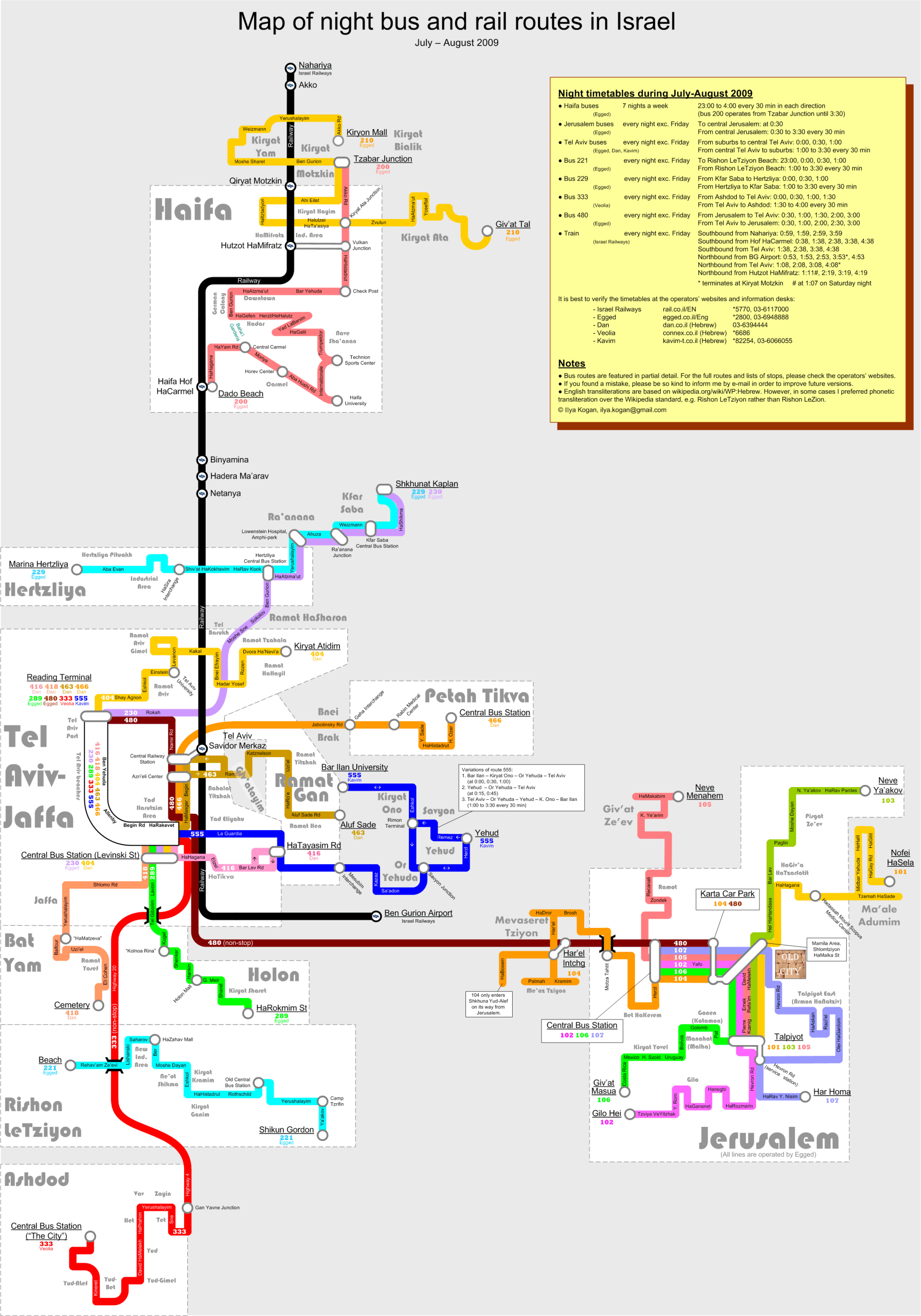Introduction
Among the various modes of transport, buses are the most common and accessible means of commuting for many city dwellers. The efficiency and effectiveness of bus routes have a significant impact on the daily lives of commuters, the environment, and the economy. Scheduling bus routes is a complex process that requires careful planning, data analysis, and stakeholder engagement. This article will delve into the various factors that cities consider when performing bus schedule for bus routes, the methods they use, and the benefits and challenges of different approaches.
Factors Considered in Scheduling Bus Routes
- Demand Analysis: Cities conduct demand analysis to determine the number of passengers who use buses, their origins and destinations, and the frequency of service required. This information helps cities to identify the most heavily used routes and allocate resources accordingly.
- Network Design: The configuration of the bus network is another critical factor in scheduling bus routes. Cities design networks to optimize coverage, connectivity, and accessibility. Coverage refers to the extent of the area served by the bus network, while connectivity refers to the ease with which passengers can transfer between routes.
- Operating Costs: Cities must also consider operating costs when scheduling bus routes. Factors that influence operating costs include fuel prices, labor costs, vehicle maintenance, and infrastructure costs. Cities aim to balance the need for frequent and reliable service with the need to control costs.
- Environmental Impact: Cities are increasingly recognizing the importance of reducing the environmental impact of their transportation systems. Scheduling bus routes that minimize empty trips and optimize vehicle occupancy can help to reduce greenhouse gas emissions and improve air quality.
- Equity: Cities strive to provide equitable access to transportation options, particularly for low-income and marginalized communities. Scheduling bus routes that serve these communities can help to reduce transportation barriers and promote social inclusion.
Methods Used in Scheduling Bus Routes
- Frequency-based Scheduling: Frequency-based bus schedule for bus involves setting a fixed interval between buses on a given route. This approach is simple to implement and can provide predictable and reliable service. However, it may result in overcrowding during peak periods and underutilization during off-peak periods.
- Demand-responsive Scheduling: Demand-responsive scheduling involves adjusting the frequency and timing of buses based on real-time demand data. This approach can provide more efficient and effective service, particularly in areas with fluctuating demand. However, it requires sophisticated data analytics and real-time communication systems.
- Hybrid Scheduling: Hybrid scheduling combines frequency-based and demand-responsive scheduling. This approach can provide the predictability and reliability of frequency-based scheduling while also accommodating fluctuations in demand.
Benefits and Challenges of Different Approaches
- Frequency-based Scheduling: The benefits of frequency-based scheduling include simplicity, predictability, and reliability. However, this approach may result in inefficiencies and inequities, particularly in areas with fluctuating demand.
- Demand-responsive Scheduling: The benefits of demand-responsive scheduling include efficiency, effectiveness, and flexibility. However, this approach requires significant investment in data analytics and communication systems and may be challenging to implement in areas with limited infrastructure.
- Hybrid Scheduling: The benefits of hybrid scheduling include the best of both worlds: predictability, reliability, efficiency, and flexibility. However, this approach requires careful planning and coordination to balance the needs of different routes and communities.
Finally
Scheduling bus routes is a complex process that requires careful consideration of various factors, including demand analysis, network design, operating costs, environmental impact, and equity. Cities can use different methods, such as frequency-based, demand-responsive, or hybrid scheduling, to optimize their bus networks. Each approach has its benefits and challenges, and cities must balance these factors to provide efficient, effective, and equitable transportation options for their residents.
As cities continue to grow and evolve, the need for flexible and adaptive bus scheduling will become increasingly important. By leveraging data analytics, real-time communication, and stakeholder engagement, cities can create bus schedules that meet the needs of their residents and contribute to a sustainable and equitable future.
